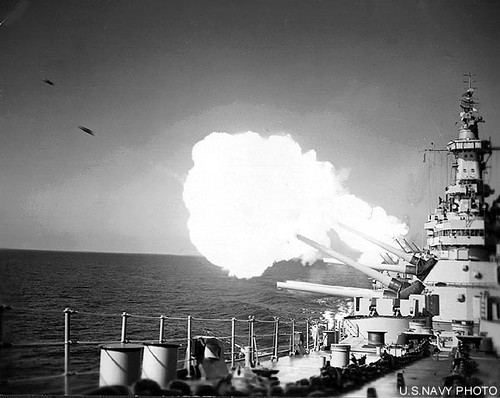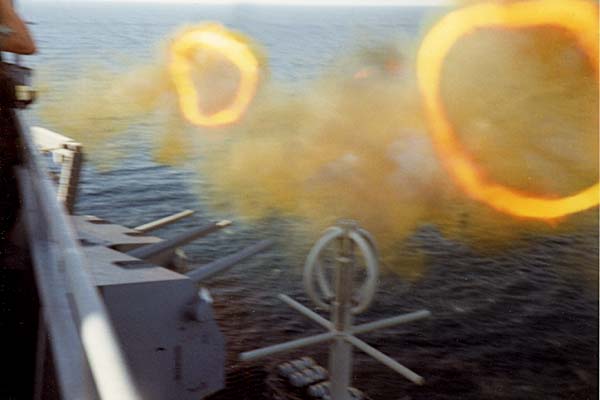Never.
Make sure and read the full story from Nikola Budanovic, but I love this story;
In spring 1921, USS Conestoga, a tugboat assigned to the United States Submarine Force, went missing somewhere in the Pacific, while on its way to American Samoa. The tugboat steamed out from Mare Island, California, together with a coal-transporting barge on March 25th. It was to stop at Pearl Harbor, Hawaii, for refueling, but something happened along the way.They didn't find it ... but not for lack of trying;
As it became clear that the had ship broken contact and that it must have encountered a problem during its voyage, a search party was dispatched from the Pearl Harbor military base in early May. Experts have estimated that Conestoga must have been somewhere around 100 nautical miles southeast of the coast of Hawaii.
A submarine designated USS R-14 (SS-91) under the command of Lieutenant Alexander Dean Douglas was sent out in order to conduct a surface search, in hopes of rescuing the tugboat and its crew.
Having incorrectly estimated the amount of fuel needed for the mission, when they arrived at the spot where Conestoga was presumed to be, the submarine had run out of usable fuel.Where's that OPREP binder again?
Since its electric motors lacked enough battery power to transport them back to base, they were stranded some 100 nautical miles from Hawaii, caught in a desperate situation.
To make matters worse, their radio had malfunctioned and all communication went silent.Oh, well ... nevermind.
What else could go wrong?
...the limited food supply wasn’t going to hold out for more than five days.Sailors love being hungry.
But wait ...
The ship’s engineer came up with an idea to use the wind to power the submarine.
On. A. Submarine.
Well, you have to do something to keep the crew occupied;
All hands were soon employed in making a foresail out of the crew’s hammocks. Eight hammocks were stitched together, forming a sail, held by a frame made from dismantled bunks. The entire structure was then tied to the vertical kingpost of the torpedo loading crane, located forward of the submarine’s superstructure.So, what do you do to a submarine CO who didn't bring enough fuel for the mission?
However, a submarine was much heavier and had a much lower silhouette than let’s say a 16th-century Spanish galleon. With the foresail, it achieved a speed of no more than one knot (1.2 mph; 1.9 km/h).
...
They built a mainsail out of six blankets and attached it to the radio mast, which added another half a knot to the total speed of the ship. In addition to this, another half a knot was achieved by stitching up another eight blankets and assembling yet another frame out of bunk beds.
...
After 69 hours of sailing, they finally reached the easternmost tip of the Hawaii islands and entered Hilo Harbor on the morning of May 15, 1921.
For the achievement and spirit of innovation, Lieutenant Douglas received a letter of commendation from his Submarine Division Commander, CDR Chester W. Nimitz.How did things work out for the good LT who ran out of gas?
A different Navy. Via the superb U-boat.net;
Commanded two submarines in following years had assorted other duties, including the China Station and American Samoa, always with family. As a Comdr. 1941, was first C.O. of the USS Fulton, first ship built from the keel up as a submarine tender. 1942 Convoy Commodore of the second convoy of U.S. troops sent to Africa. Retired physically 1947,As for the ship and crew they were looking for, the USS Conestoga? Not such good news;
The tugboat was officially declared missing on June 30, 1921, but it was not until 2009 that a shipwreck was discovered a few miles from Farallon Island, just off the coast of California.Hat tip, USNI.
































